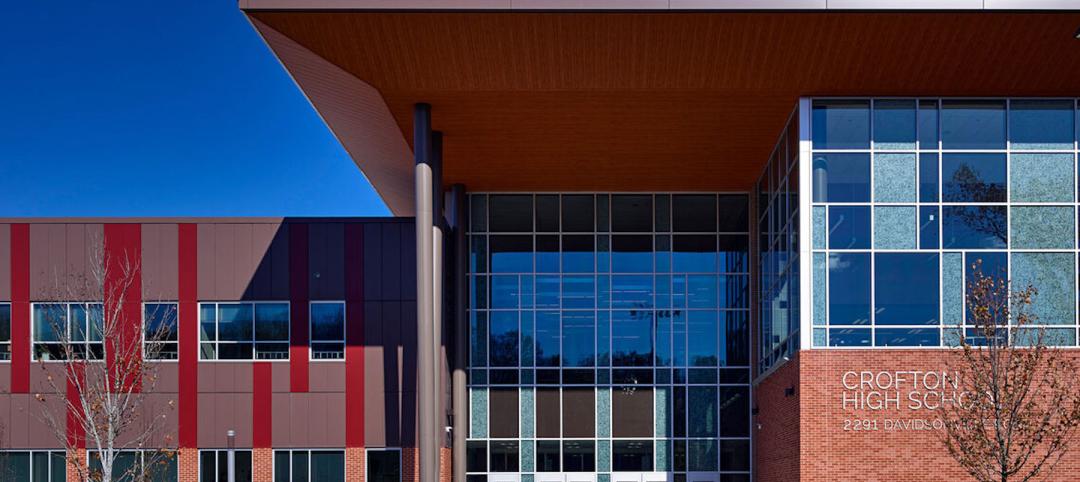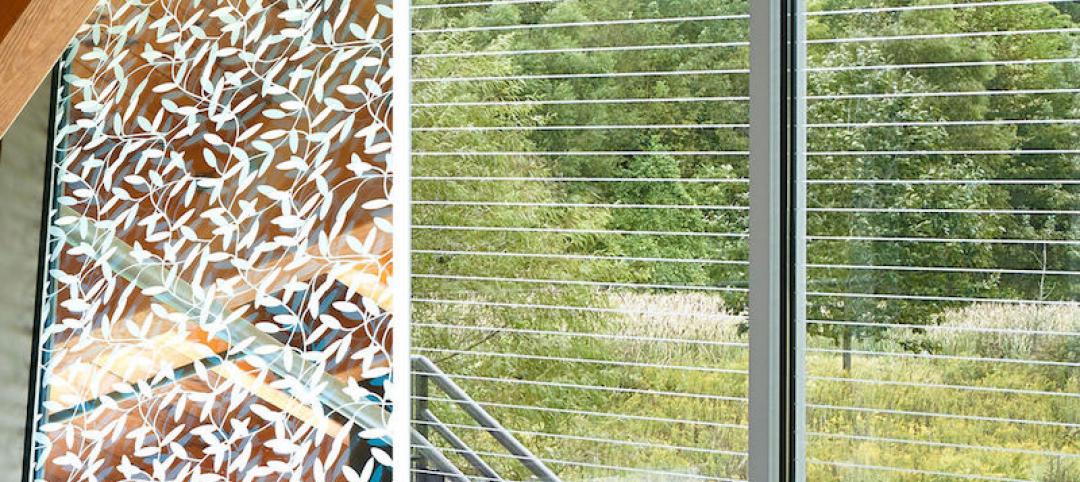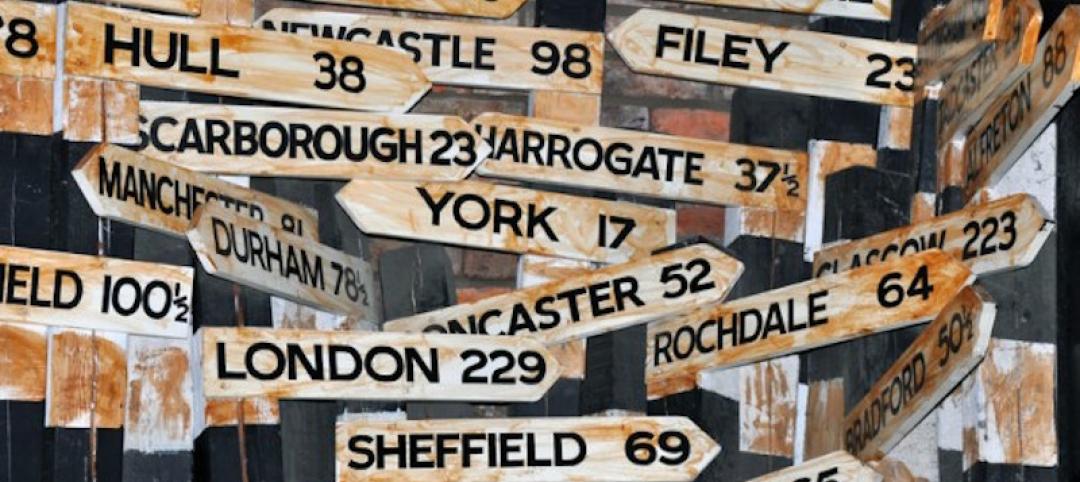As students on campuses throughout the country (varsity athletes and the general student population alike) are more concerned with physical health than ever before, making campus fitness centers an attractive, dynamic experience is essential for colleges and universities to remain competitive in today’s higher education marketplace.
Campus fitness centers are taking their place alongside student centers, science centers, and libraries as hallmark components of a student-life experience. Campuses nationwide are renovating, updating and building new fitness centers in an effort to capitalize on the physical and health concerns of their students.
Bryan Matthews, Associate Vice President for Administrative Services and Director of Athletics for Washington College, has firsthand experience of this trend as we recently worked on the expansion of the college’s Johnson Fitness Center. We discovered that perhaps the central question when planning fitness spaces is: will the space be used for a combination of varsity athletes/teams and the general population or just one or the other? The answer makes a big difference in programming and therefore a big difference in design requirements. Every project needs careful consideration of this question.
More Posts from the GWWO Blog
To LED or Not to LED? Lighting in Performing Arts Centers
Higher education campuses nationwide are facing the question of whether or not to use LED lighting fixtures in Performing Arts Centers as they renovate and build new facilities. We touch on the major points for and against the use of LED in performance lighting. Read the post.
Let’s Talk: Taking Meetings from Barely Bearable to Prolifically Productive
Do you ever walk into a meeting room and just know that it is going to be a long day? I found myself thinking about how the differences between the environments dramatically affected the character of our meetings. Read the post.
Once the target audience is identified, questions then arise about how to tailor the facility to meet their specific needs. There are many design aspects to consider and options related to each. Through a collaborative effort, Bryan and I worked through these questions to create a fitness center with interior and exterior qualities commensurate with the college’s peer institutions. Today let’s consider these decisions related to fitness centers designed for use by the general student body.
Campus Connection
• Is the fitness center easily accessible?
• From the inside, is there a visual connection to the campus? Does the campus serve as the backdrop?
• For those on the outside, is there a visual connection to activities within?
• Does it visually represent the “healthy heart” of the campus?
Light & Climate
• With direct views to the outside, how will you manage the effect of the sun through the windows? A good solution is a moveable shade system that can be controlled from one central location.
• How will you control humidity, especially in the winter months when the temperatures outside are much cooler than the inside?
• During busier times of the day, the temperature inside the facility will rise. Assess the correct set points for busy v. quieter times of the day, considering the wide fluctuations in the HVAC load based on the number of people/activities.
Flexibility
• Spaces should include areas for floor work (abs, stretching, etc.), hard surfaces for weight balls, rubberized athletic flooring, and pads for the walls.
• Consider how to incorporate areas for alternative workouts like TRX. As trends in fitness are always changing, it’s important that spaces be flexible enough to adapt.
• Think about how you will separate the machines and the free-weights. If you put the machines too close to the free weights, will machine users be intimidated? By separating these two areas, you can also partition off noise, sights and smells.
• Mirrors are a key component of free-weight workouts. How will you position the free-weights to allow for them to be hung?
User Experience & Convenience
• Will each machine have its own TV so users can choose their entertainment or will the facility provide overhead TVs? Either way, plug-ins for iPods and iPhones are a must.
• Wifi is essential as users stream music and other entertainment through their phones.
• What kind of ambiance will the space have? Will popular music pump through the speakers or is that unnecessary as you predict many guests will use their own device?
• Lockers are essential, especially in the colder months. How will you make them easily accessible to users and will you provide the option for locks?
• Consider adding water fountains specifically for water bottles as many students favor reusable bottles.
Security
• To provide a safe environment, the facility should have one entrance/exit that leads to a central control station where users can check in and out.
• How will you create a visual connection to the general workout space so instructors have a visual connection to all areas in case of injury?
• Consider adding cameras to areas that are not directly visible.
While these questions may seem overwhelming at first, it’s much easier to address them in the beginning of the programming and design process. Ultimately, fitness centers that are easily accessible, create a favorable user experience, and are not intimidating, will be used the most by the students.
Mark Lapointe, principal with GWWO, recently worked with Washington Colleges’ Bryan Matthews to consider many of these questions during the design and construction of an expansion to the college’s Johnson Fitness Center as well as on this article.
More from the GWWO Inc. Blog
More from Author
GWWO | Jan 8, 2024
Achieving an ideal visitor experience with the ADROIT approach
Alan Reed, FAIA, LEED AP, shares his strategy for crafting logical, significant visitor experiences: The ADROIT approach.
GWWO | Jan 18, 2023
Building memory: Why interpretive centers matter in an era of social change
The last few years have borne witness to some of the most rapid cultural shifts in our nation’s long history. If the experience has taught us anything, it is that we must find a way to keep our history in view, while also putting it in perspective.
GWWO | Aug 17, 2022
Focusing on building envelope design and commissioning
Building envelope design is constantly evolving as new products and assemblies are developed.
GWWO | Aug 5, 2022
A time and a place: Telling American stories through architecture
As the United States enters the year 2026, it will commence celebrating a cycle of Sestercentennials, or 250th anniversaries, of historic and cultural events across the land.
GWWO | Feb 7, 2019
Designing for the birds is not just for the birds
We’ve all seen it. A dead bird laying on the sidewalk next to a building. Or, maybe we’ve heard it. The loud bang of a bird flying into your window.
GWWO | Jul 6, 2017
Achieving an ideal visitor experience: The ADROIT approach
The most meaningful experiences are created through a close collaboration between architects, landscape architects, and exhibit designers.
GWWO | Mar 1, 2017
Intuitive wayfinding: An alternate approach to signage
Intuitive wayfinding is much like navigating via waypoints—moving from point to point to point.
GWWO | Sep 6, 2016
Letting your resource take center stage: A guide to thoughtful site selection for interpretive centers
Thoughtful site selection is never about one factor, but rather a confluence of several components that ultimately present trade-offs for the owner.
GWWO | Mar 13, 2014
Do you really 'always turn right'?
The first visitor center we designed was the Ernest F. Coe Visitor Center for the Everglades National Park in 1993. I remember it well for a variety of reasons, not the least of which was the ongoing dialogue we had with our retail consultant. He insisted that the gift shop be located on the right as one exited the visitor center because people “always turn right.”
GWWO | Dec 19, 2013
Mastering the art of crowd control and visitor flow in interpretive facilities
To say that visitor facility planning and design is challenging is an understatement. There are many factors that determine the success of a facility. Unfortunately, visitor flow, the way people move and how the facility accommodates those movements, isn’t always specifically considered.
















